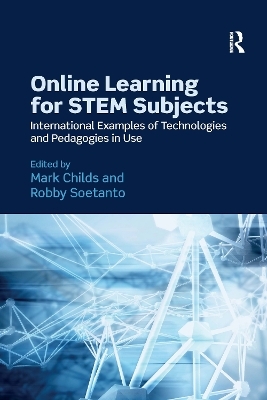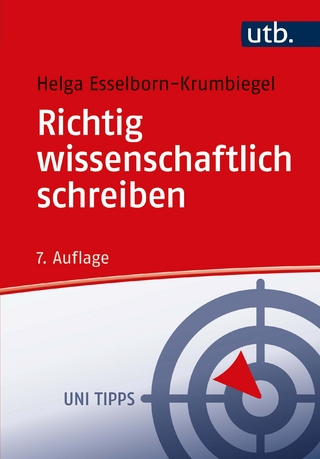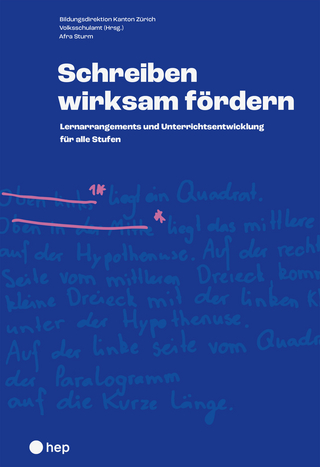
Online Learning for STEM Subjects
Routledge (Verlag)
978-0-367-73647-7 (ISBN)
The Global Collaboration initiatives related in this book are examples of how educators have experimented with different mechanisms to provide science, technology, engineering and mathematics (STEM) education programmes through information and communication technologies. In many cases, these programmes have looked at the allied personal communication and collaboration skills that students of these subjects also need: the so-called STEM+ curriculum.
In particular, these approaches to STEM+ provision show how the internationalization of education can be made more effective and accessible through the exploitation of collaborative technologies and non-traditional pedagogies. The approaches address the following themes:
technologies for distance learning and collaboration
pedagogies for online learning
remote communication and collaboration
An international perspective is made possible within the book through the inclusion of authors from North America, Europe and Asia. These authors present case studies from technology-enhanced learning projects over the past six years.
Mark Childs is a Senior Lecturer in Technology Enhanced Learning at Oxford Brookes University, UK, supporting staff in developing their digital capabilities. Mark has been working in higher education since 1995 as a researcher in the use of technology for learning and teaching. Mark’s main research area has been the study of learners’ experiences of synchronous technologies in higher education and the role of presence and embodiment in supporting learning in these. His PhD in education was completed in 2010. Robby Soetanto is Senior Lecturer in Construction Management at Loughborough University, UK. Prior to this, he held post-doctoral research posts at Wolverhampton and Loughborough Universities and lectured at Coventry University. His research has been funded by government bodies (EPSRC, EU, HEA, British Council) and private companies (Lloyds TSB and Hewlett Packard). He led Learning to Create a Better Built Environment and BIM-Hub projects, which focus on developing virtual collaboration skills of built environment students and provide the basis of the first part of this book.
Editor’s introduction
Part one: Lead case study: International collaboration for multidisciplinary built environment education
1. International collaboration for multidisciplinary built environment education
2. Virtual teamworking with undergraduates and postgraduates in the Learning to Create a Better Built Environment project
3. Experiences of online collaborative design in asynchronous and synchronous working: findings of the BIM Hub project
4. Designed to be employed? Measuring the impact of a multidisciplinary collaborative design project on learner perceptions of employability attributes
5. BIM-Hub Project Evaluation: Principles, Protocols, Methodologies and Outcomes
Part two: complementary case studies
6. A comparison of MOOC development and delivery approaches
7. Centralised and Decentralised Virtual Lab Approaches for Information and Computer Technology Education
8. Learning to Create a Better Built Environment
9. Successful Education of Professionals for Supporting Future BIM Implementation Within the Architecture Engineering Construction Context
10. Conclusion: Online Learning for STEM Subjects
| Erscheinungsdatum | 16.01.2021 |
|---|---|
| Verlagsort | London |
| Sprache | englisch |
| Maße | 156 x 234 mm |
| Gewicht | 385 g |
| Themenwelt | Schulbuch / Wörterbuch |
| Sozialwissenschaften ► Pädagogik | |
| ISBN-10 | 0-367-73647-0 / 0367736470 |
| ISBN-13 | 978-0-367-73647-7 / 9780367736477 |
| Zustand | Neuware |
| Haben Sie eine Frage zum Produkt? |
aus dem Bereich


